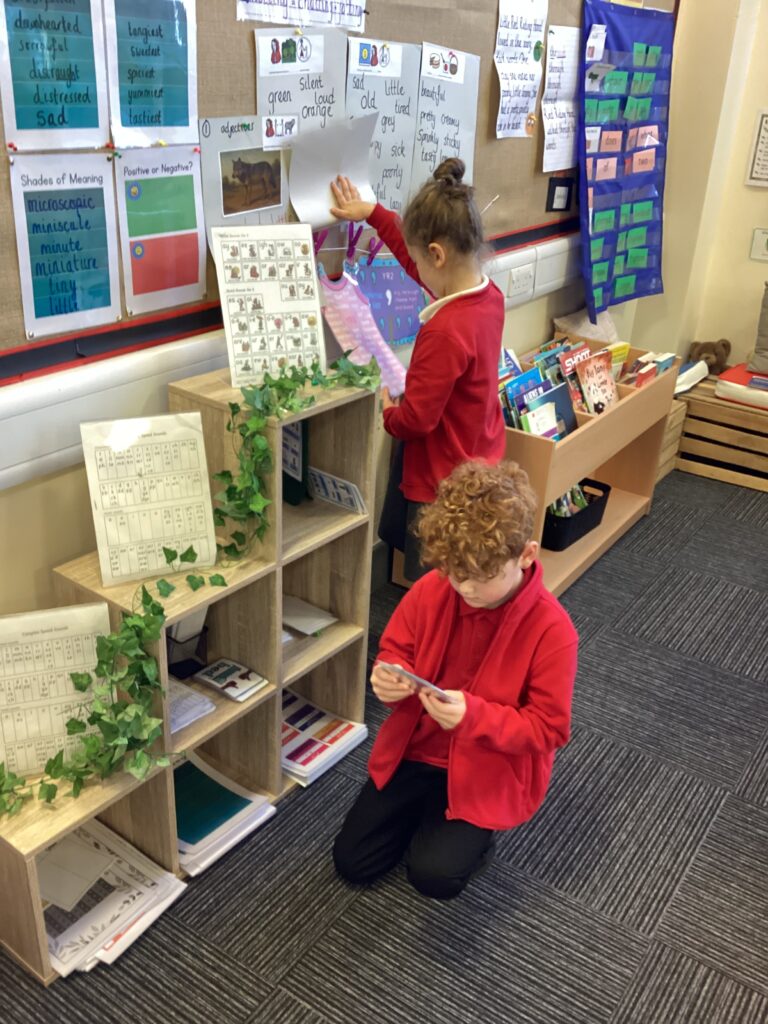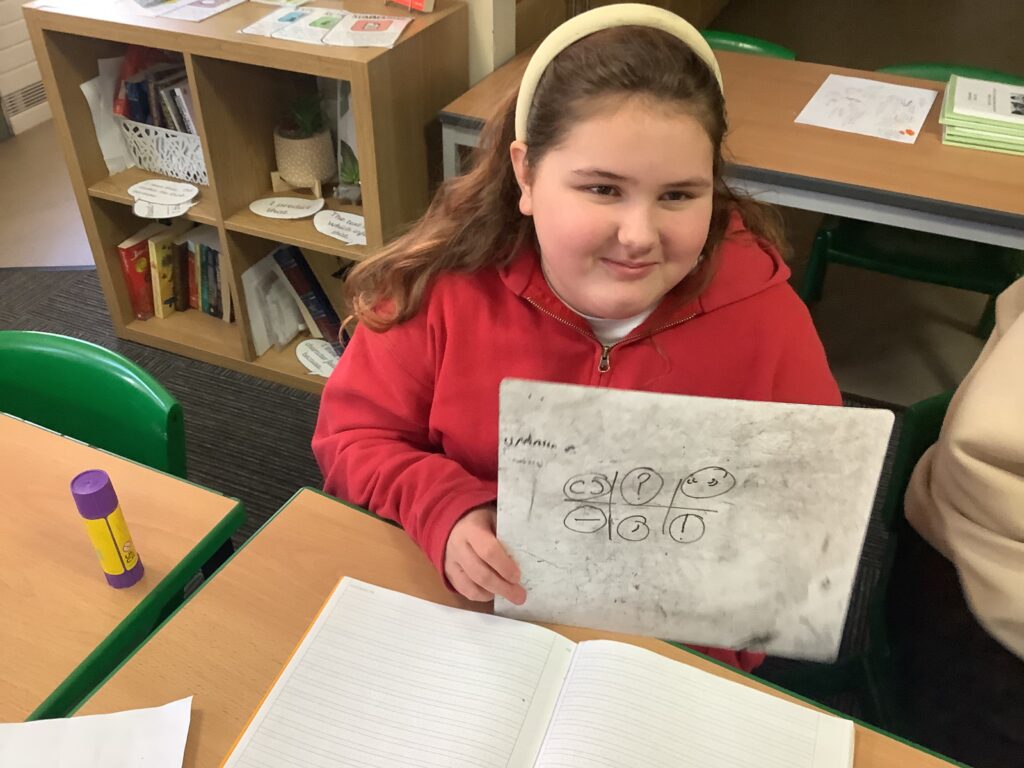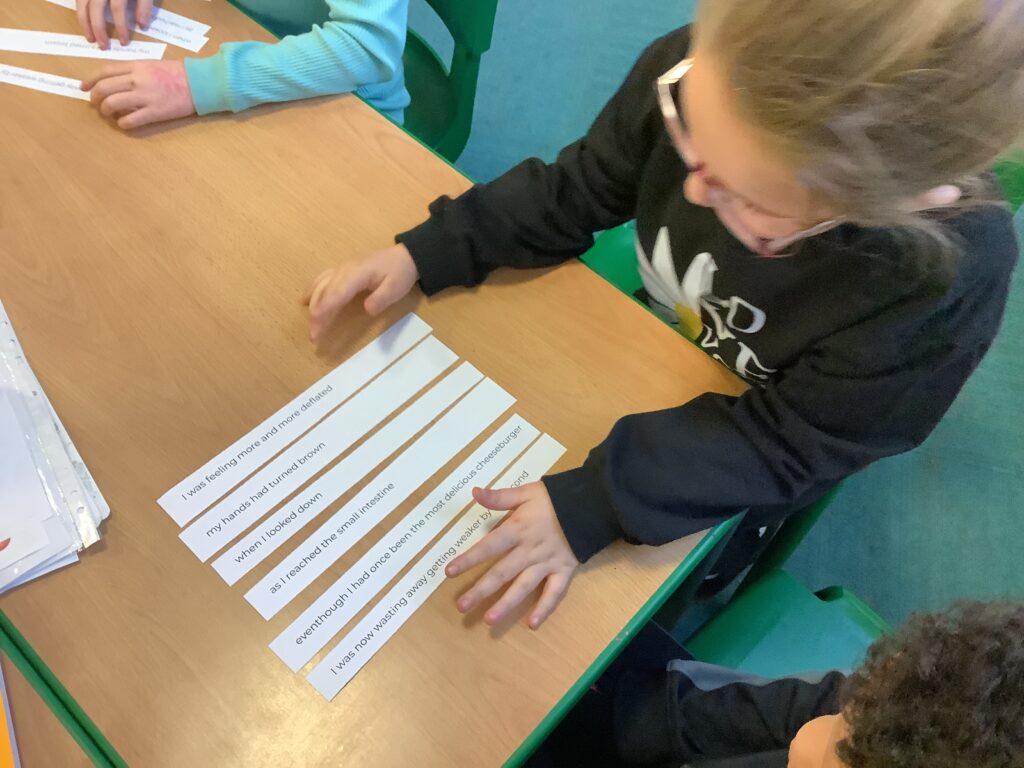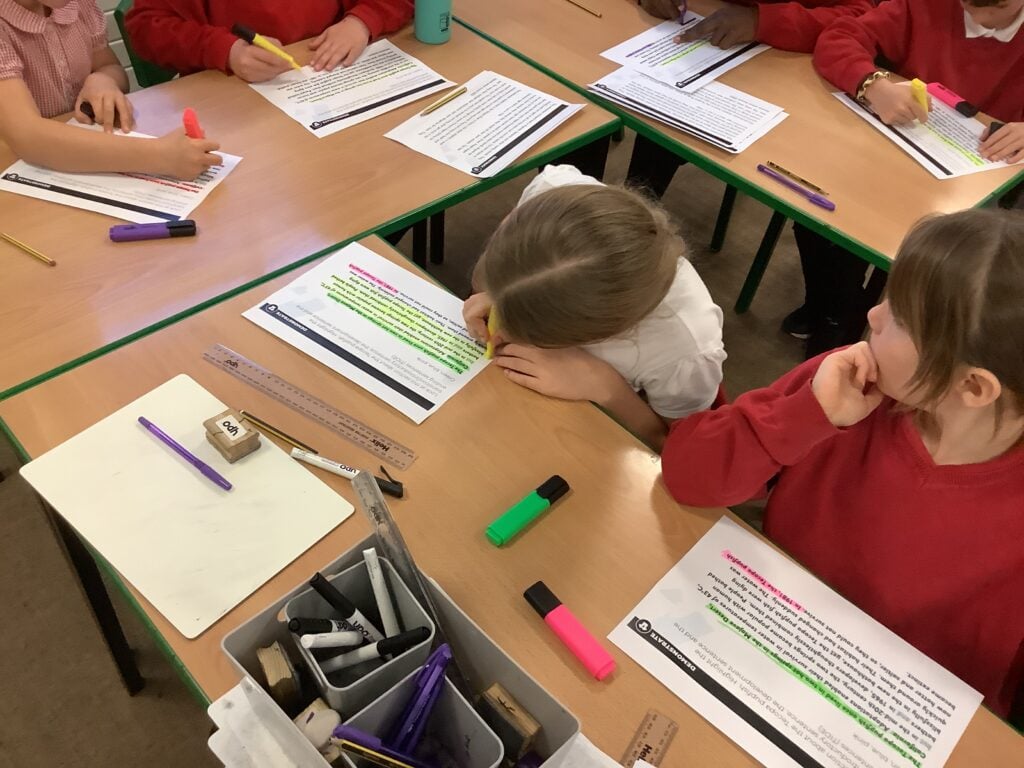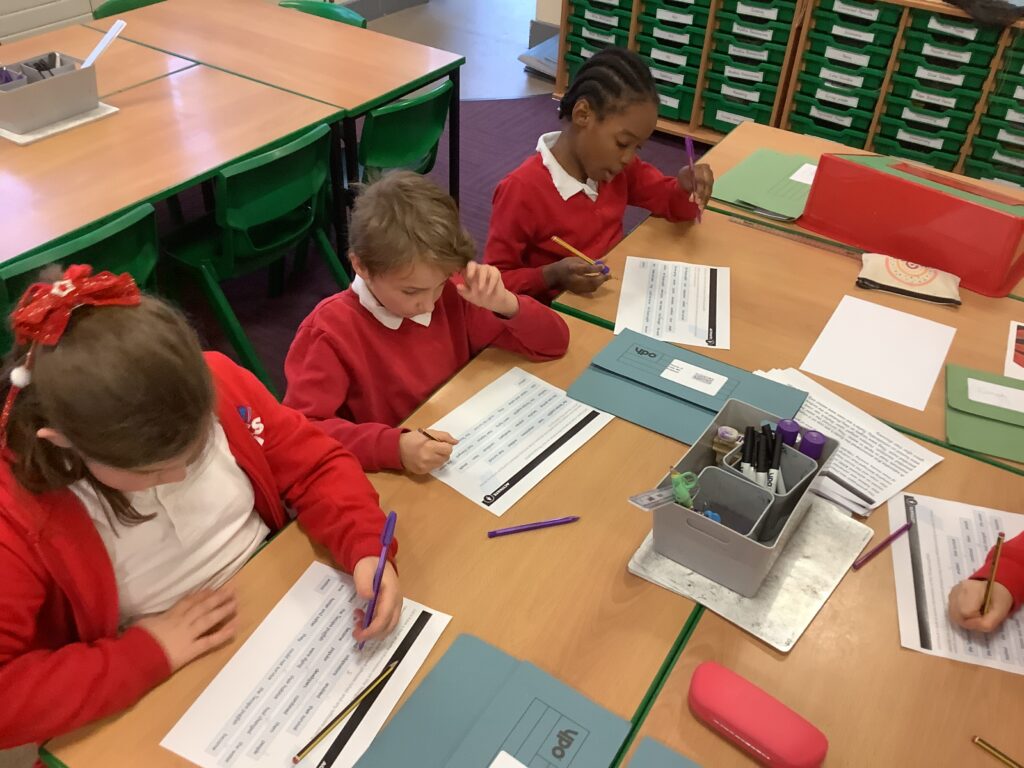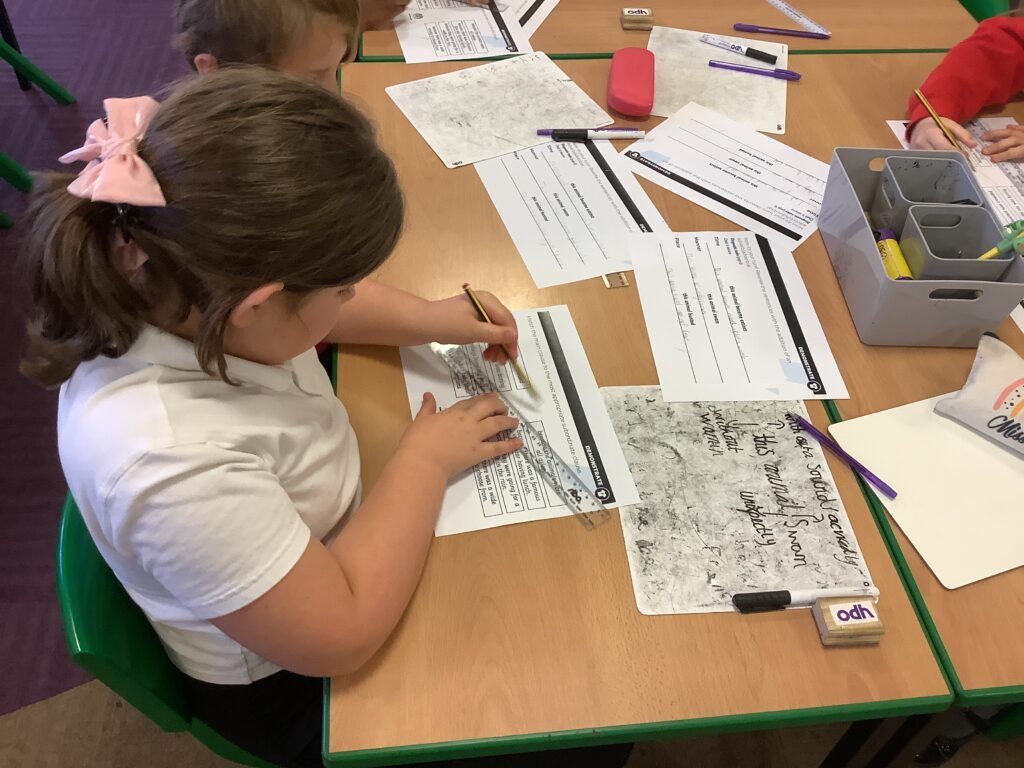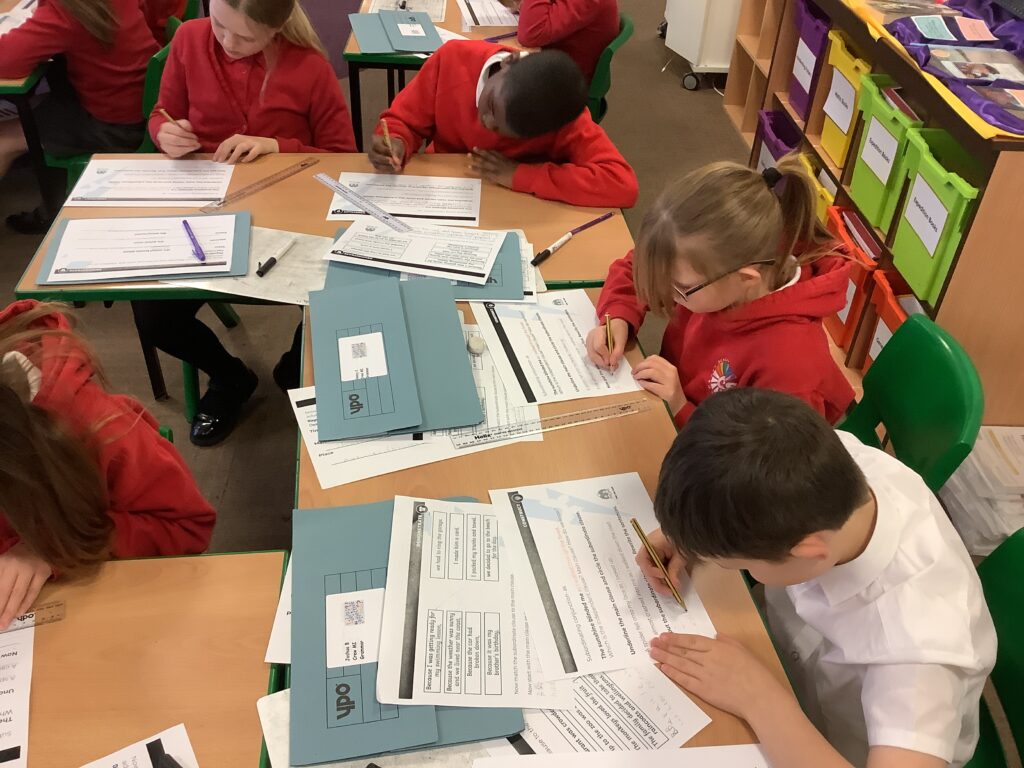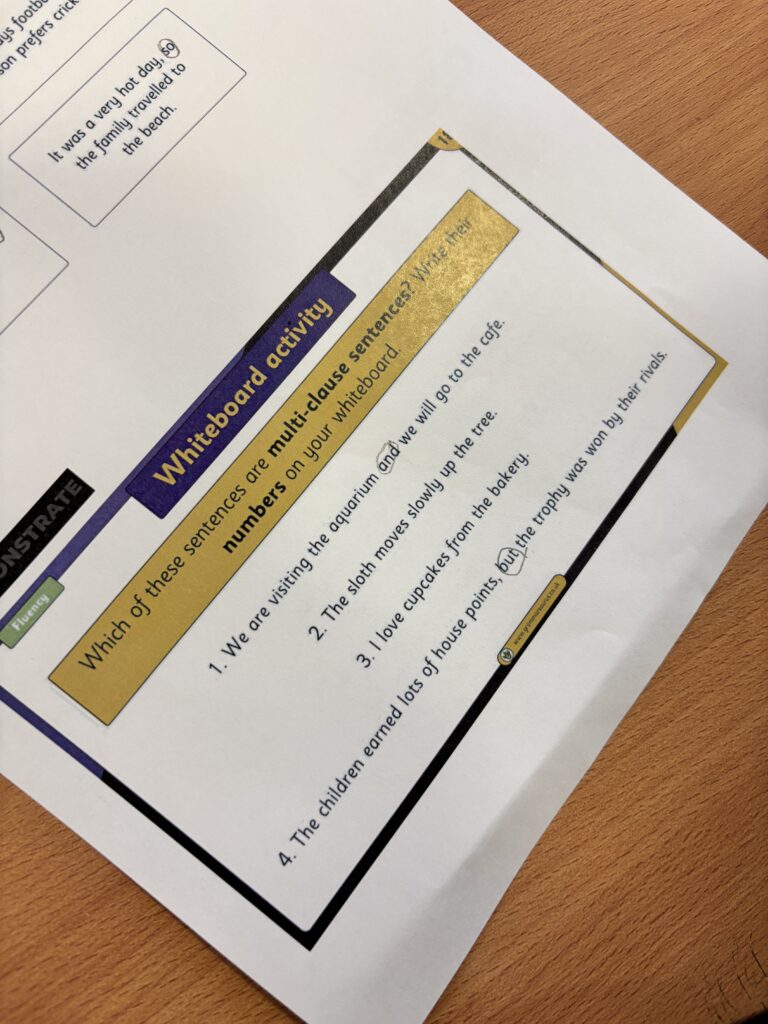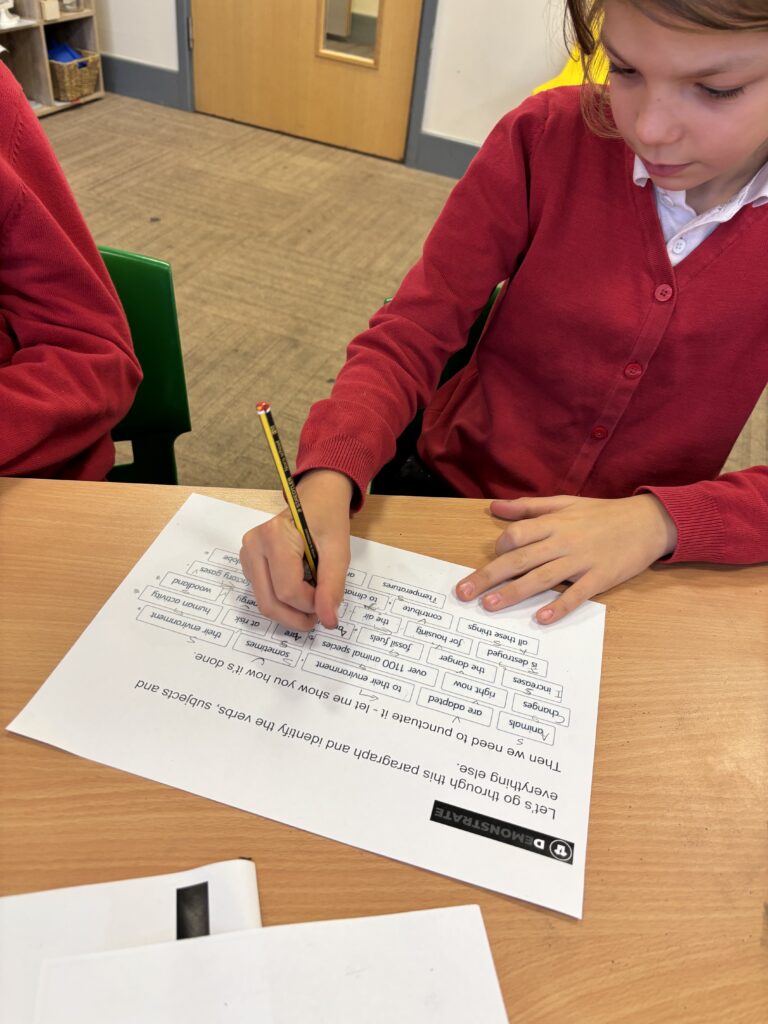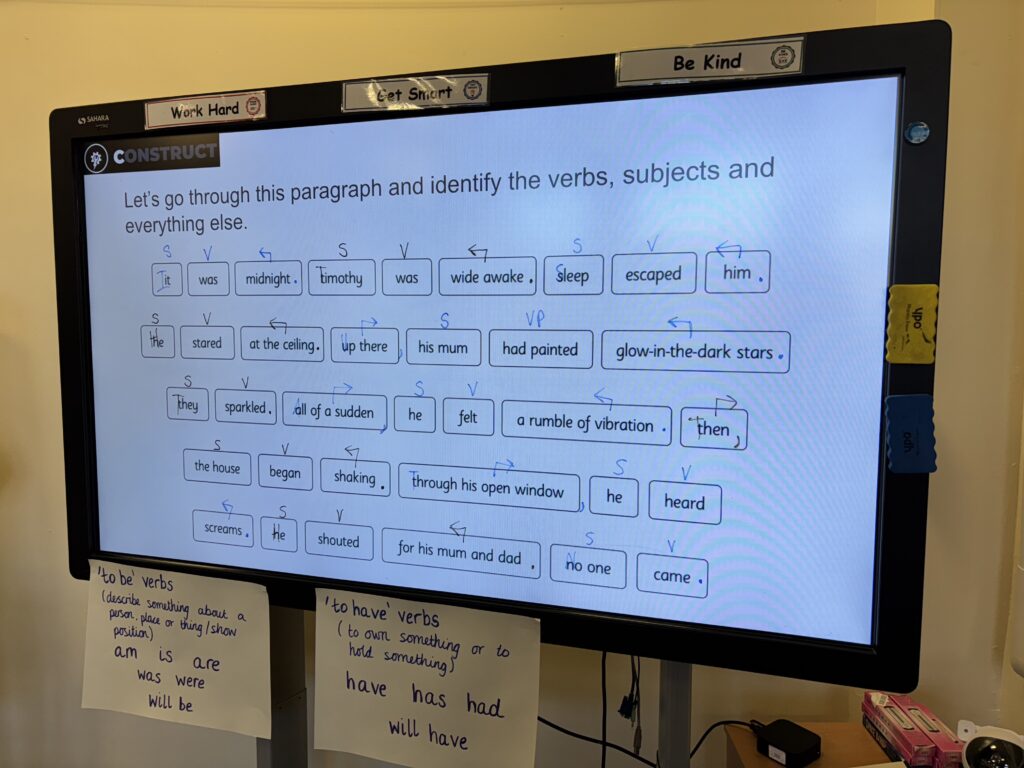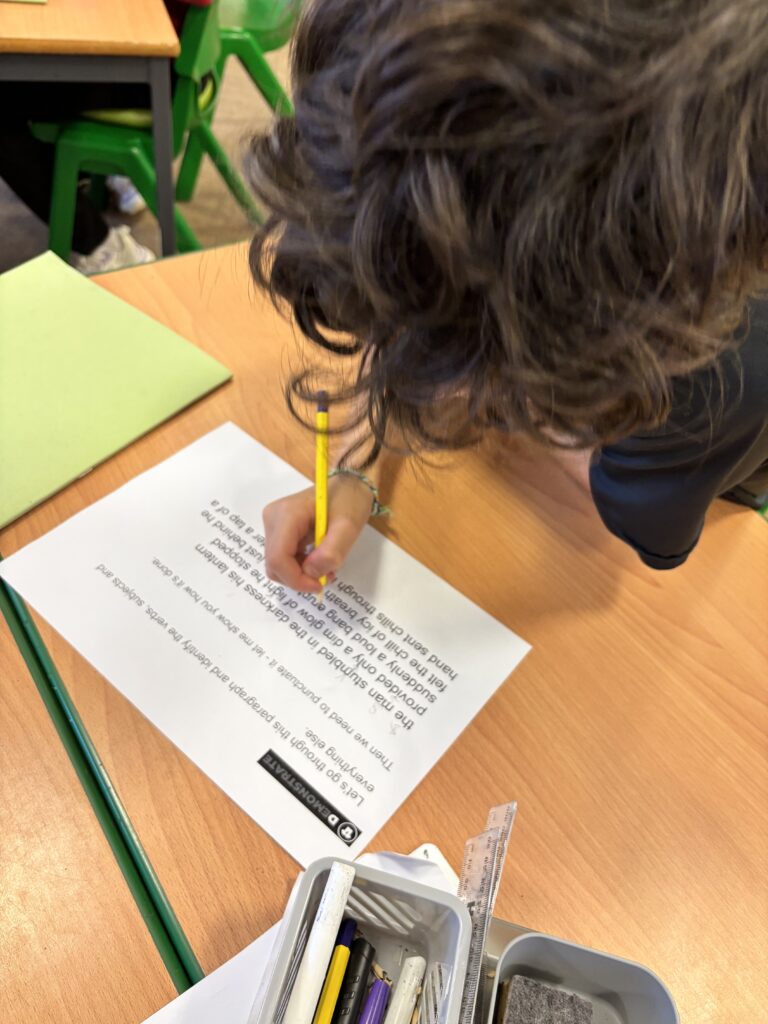In Crew Ramsay, we have been fulfilling our pledges in writing by accessing our ‘Support Station’ for the scaffolding we need. We all know what our areas for development are and what resources can support us whilst we become great. We even go and collect them before we start writing. Here we are, supporting ourselves to become our best! Check us out popping to the Support Station to collect our bits!

